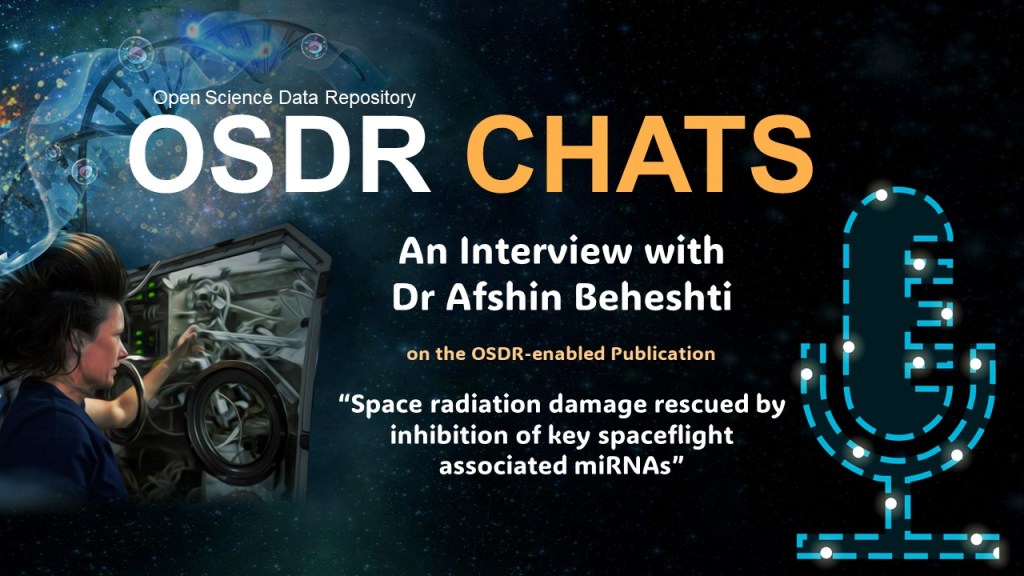Planning Curiosity's daily activities involves making decisions that impact not only that current day's plan, but also has ripple effects on plans for the next week or even beyond. We had such a decision to make today as some of the most interesting rocks near our planned stop in the Vera Rubin Ridge science campaign were a short distance away. So, we weighed whether to drive a short distance this weekend and study those rocks next week (delaying our existing plans for next week by several days at least), or be content with the rocks we are parked near and drive onward (stopping just left of the small ridge in the foreground at the upper right of this image) to our next destination on the Vera Rubin Ridge. We chose the latter option after determining that these nearby rock targets are sufficiently similar to those a few short meters away and knowing we'll have future opportunities to study some of these bluish-toned rocks at future stops.
With that decision made, Curiosity will be conducting contact science with APXS and MAHLI on two rocks ("Drakensberg" and "Strubenkop") on the first sol of our 3-sol weekend plan. The contact science will be complemented by ChemCam LIBS and Mastcam images on those same rocks and two additional rock targets ("Pongola" and "Third White Ash"). Fittingly, "Third White Ash" is a bright white rock seemingly embedded in the otherwise gravely surface we are driving over. On the third sol of our plan, ENV has a full day of monitoring the skies over Gale Crater for clouds (it's the cloudy time of year on Mars right now) and dust devils, and Curiosity will drive toward our next stop along the Vera Rubin Ridge.
Written by Scott Guzewich, Atmospheric Scientist at NASA's Goddard Space Flight Center



































